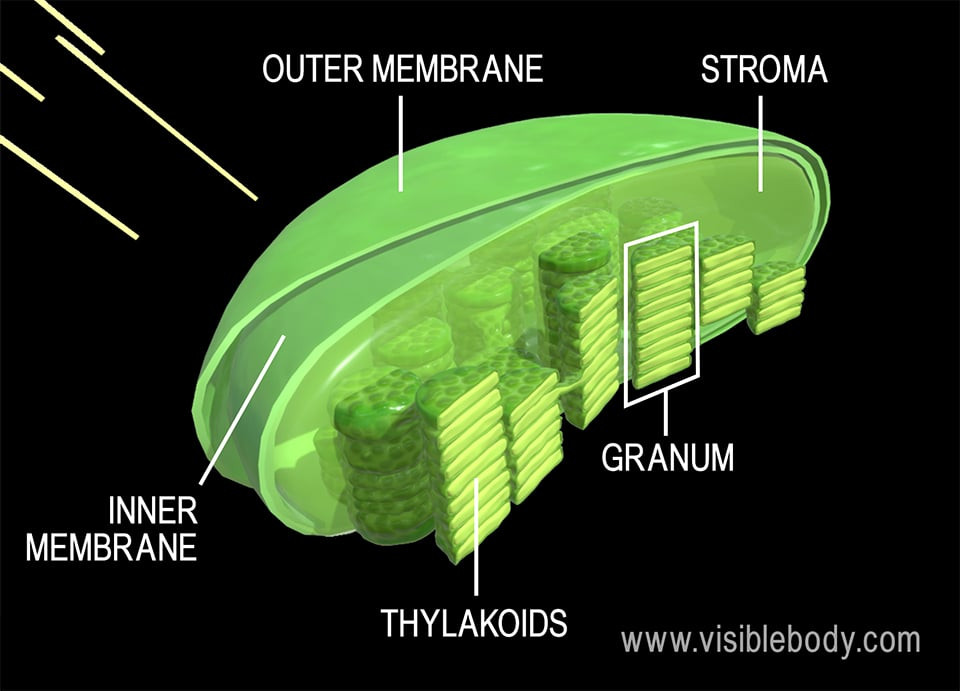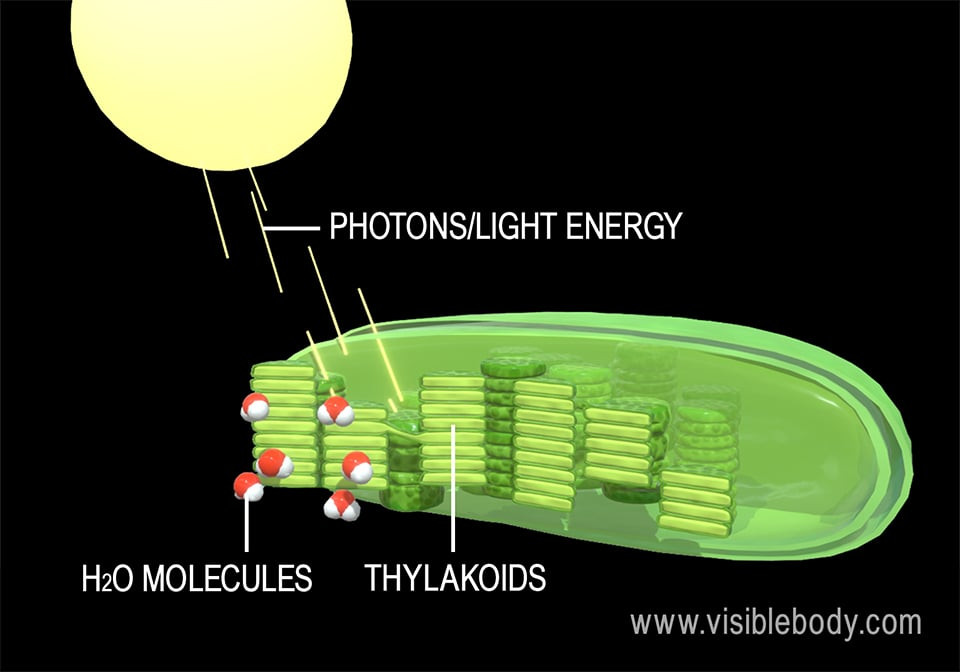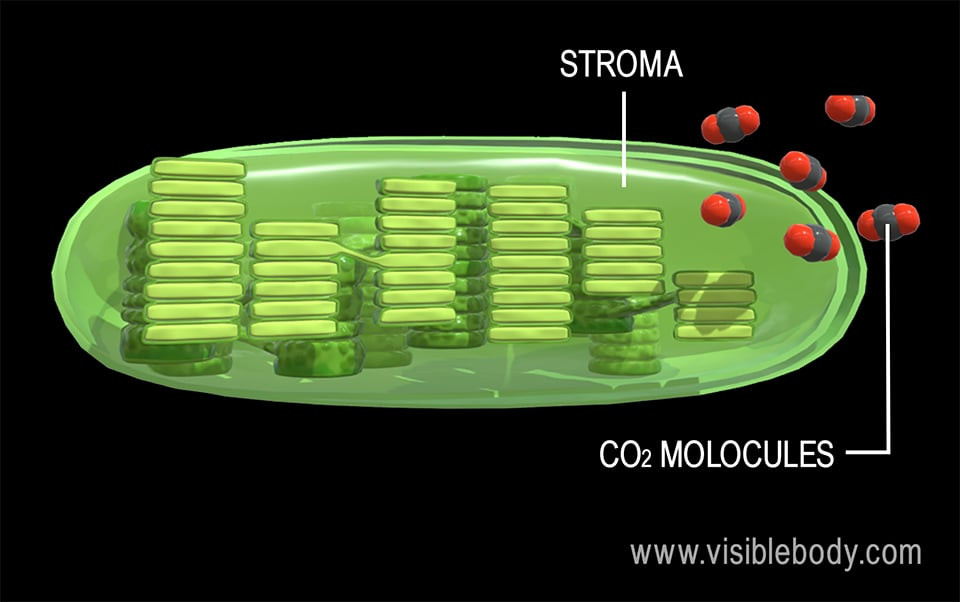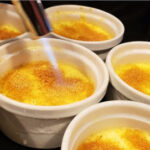Within the intricate world of plant cells, chloroplasts stand out as essential organelles, serving as the sites for the remarkable process of photosynthesis. Photosynthesis, the engine of plant life, is broadly categorized into two main stages: light-dependent reactions and light-independent reactions. While light-dependent reactions harness solar energy in the thylakoids, the light-independent reactions, also known as dark reactions or the Calvin cycle, unfold in a different part of the chloroplast. Understanding precisely where these light-independent reactions occur is key to grasping the full picture of how plants convert light energy into the sugars that fuel life.
Delving into Chloroplast Structure: The Stage for Photosynthesis
To pinpoint the location of light-independent reactions, it’s crucial to first understand the complex internal structure of chloroplasts. These organelles are not simple sacs; they are highly organized compartments where different stages of photosynthesis are carefully orchestrated.
 Different reactions during photosynthesis take place in different parts of the chloroplast.
Different reactions during photosynthesis take place in different parts of the chloroplast.
A chloroplast is enclosed by a double membrane envelope, much like mitochondria, consisting of an outer and an inner membrane. This double membrane creates distinct spaces within the chloroplast. Enclosed by the inner membrane, and surrounding the thylakoids, is a gel-like fluid called the stroma. This stroma is the site where the light-independent reactions of photosynthesis take place. It’s a busy hub containing enzymes, ATP, and NADPH, all working together to “fix” carbon from atmospheric carbon dioxide into usable organic molecules, the precursors to glucose. Interestingly, the stroma also houses the chloroplast’s own genetic material, separate from the cell’s nucleus, highlighting the semi-autonomous nature of these organelles.
Within the stroma, another membrane system, the thylakoid membrane, is found. This membrane is intricately folded, forming stacks of disc-shaped structures. Each individual disc is a thylakoid, and a stack of thylakoids is called a granum (plural grana). It’s within these thylakoids that the light-dependent reactions of photosynthesis are localized. These reactions are powered by chlorophyll, the green pigment embedded in the thylakoid membranes, which captures sunlight to initiate the breakdown of water molecules.
Light-Dependent Reactions: Setting the Stage
 The light-dependent reactions of photosynthesis convert light energy from the sun into chemical energy.
The light-dependent reactions of photosynthesis convert light energy from the sun into chemical energy.
The primary objective of light-dependent reactions is to capture solar energy and convert it into chemical energy forms that can be used in the subsequent stage. These reactions also involve splitting water molecules, releasing oxygen and generating ATP and NADPH, two crucial energy-carrying molecules.
Chlorophyll, the key pigment for capturing sunlight, is located within the thylakoid membranes, organized in protein complexes known as photosystem I and photosystem II. The light-dependent reaction sequence begins when sunlight strikes a chlorophyll molecule in photosystem II. This absorbed light energy excites an electron, which then embarks on a journey along the thylakoid membrane through a series of protein carriers, collectively known as the electron transport chain.
A remarkable process occurs at photosystem II: to replace the lost electron and stabilize the chlorophyll molecule, a water molecule is split. This water molecule breaks down into two hydrogen (H) atoms and one oxygen (O) atom. The oxygen atom is released as a byproduct, eventually forming oxygen gas (O2) that we breathe.
The hydrogen ions (protons) generated from water splitting accumulate in high concentration within the thylakoid lumen, the space inside the thylakoid membrane. These protons then flow down their concentration gradient through an enzyme called ATP synthase. This movement of protons provides the energy required for ATP synthase to add a phosphate group to ADP (adenosine diphosphate), forming ATP (adenosine triphosphate), the cell’s energy currency. ATP produced here will be used to power the light-independent reactions.
Meanwhile, the electron initially released from photosystem II eventually reaches photosystem I, which also contains chlorophyll. Sunlight energy re-excites this electron, boosting it to a higher energy level. This energized electron is then passed across the thylakoid membrane into the stroma, where it combines with a hydrogen ion and NADP+ to form NADPH, another energy-carrying molecule.
ATP and NADPH, now enriched with chemical energy derived from sunlight, move from the thylakoids into the stroma. Here, in the stroma, their energy is harnessed to drive the light-independent reactions.
Light-Independent Reactions (Calvin Cycle) in the Stroma: Building Sugars
 The ultimate goal of the light-independent reactions of photosynthesis is to assemble a molecule of glucose.
The ultimate goal of the light-independent reactions of photosynthesis is to assemble a molecule of glucose.
The light-independent reactions, or Calvin cycle, are aptly named as they don’t directly require light. However, they are critically dependent on the products of the light-dependent reactions – ATP and NADPH. The primary goal of the Calvin cycle, occurring in the stroma, is to synthesize glucose, a simple sugar, from carbon dioxide (CO2) absorbed from the atmosphere.
Essentially, plants need to “fix” inorganic carbon from CO2 into organic molecules. This carbon fixation process begins in the stroma with an enzyme called RuBisCO (ribulose-1,5-bisphosphate carboxylase/oxygenase). RuBisCO catalyzes the reaction between a five-carbon molecule called RuBP (ribulose biphosphate) and a molecule of carbon dioxide. This initial reaction forms an unstable six-carbon compound that quickly breaks down into two molecules of a three-carbon compound, 3-PGA (3-phosphoglycerate). This crucial step is known as carbon fixation.
Next, the energy carriers ATP and NADPH, generated during the light-dependent reactions and now present in the stroma, come into play. ATP and NADPH provide the energy and reducing power (electrons) to convert 3-PGA into another three-carbon sugar, G3P (glyceraldehyde-3-phosphate). This phase of the Calvin cycle is known as reduction because electrons are added to the intermediate molecules.
G3P is a fundamental building block for glucose and other carbohydrates. For every six molecules of carbon dioxide that enter the Calvin cycle, twelve molecules of G3P are produced. However, only two G3P molecules are used to synthesize one molecule of glucose. The remaining ten G3P molecules are recycled through a complex series of reactions to regenerate RuBP, the starting molecule of the Calvin cycle, ensuring the cycle can continue to operate.
Photosynthesis Reactions Summarized
To solidify the understanding of where each stage occurs, let’s summarize the key aspects of both light-dependent and light-independent reactions:
Light-dependent reactions
| Goal | Convert light energy into chemical energy |
|---|---|
| Location | Chloroplasts—thylakoids |
| Input | Sunlight, H2O, NADP+, ADP |
| Output | NADPH, ATP, O2 |
Light-independent reactions
| Goal | Use stored chemical energy to “fix” CO2 and create a product that can be converted into glucose |
|---|---|
| Location | Chloroplasts—stroma |
| Input | CO2, NADPH, ATP |
| Output | NADP+, ADP, G3P (Two G3P can be made into C6H12O6) |
In conclusion, the answer to “Where Do Light Independent Reactions Occur?” is definitively in the stroma of chloroplasts. This gel-like matrix within the chloroplast provides the ideal environment for the Calvin cycle to operate, utilizing the energy captured during the light-dependent reactions in the thylakoids to convert carbon dioxide into the sugars that sustain plant life and, indirectly, most life on Earth.


